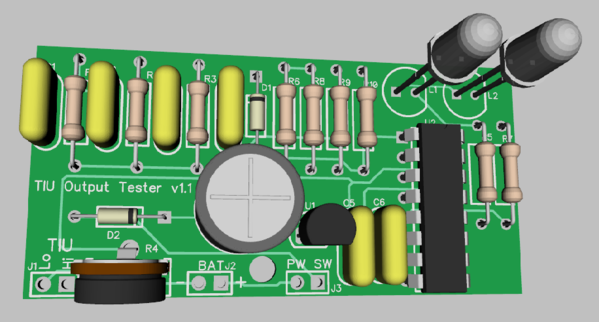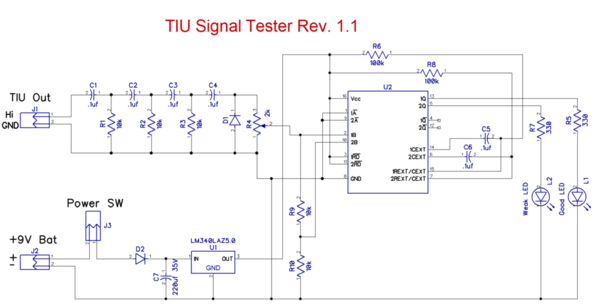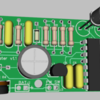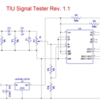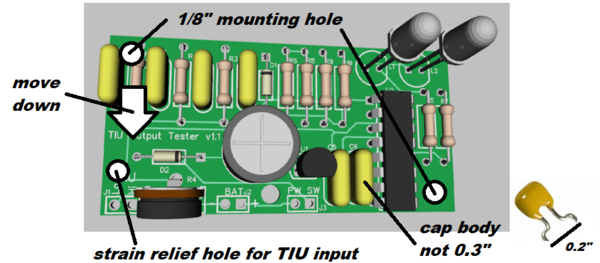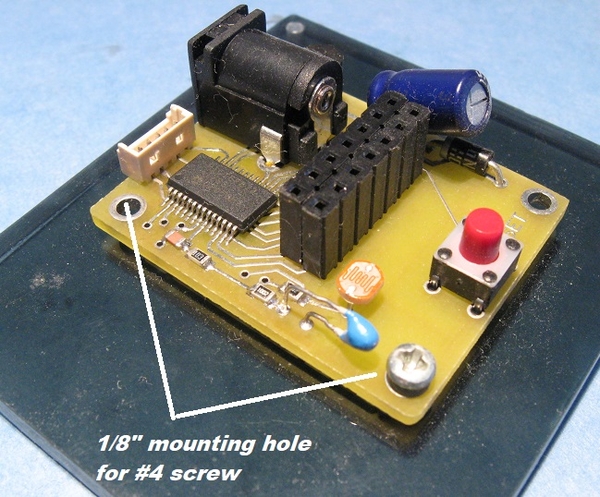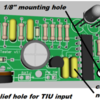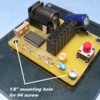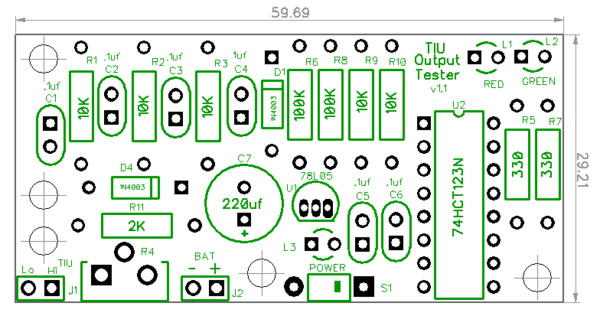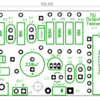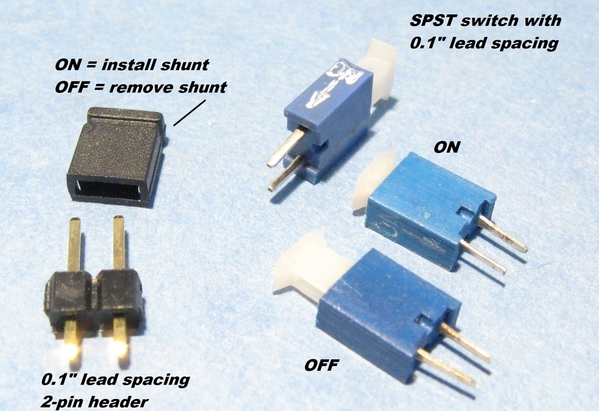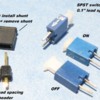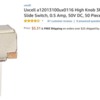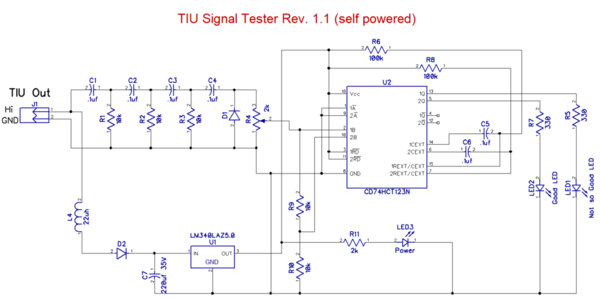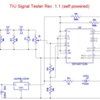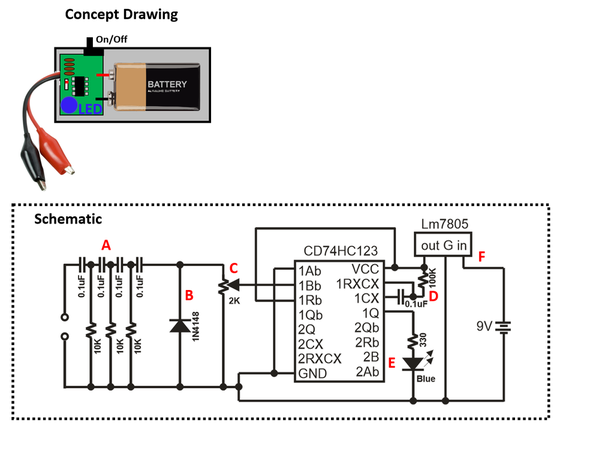Looks doable Stan, I'll work something up. I actually order stuff like this from SEEED Studio if I want a few, ten boards of any reasonable size are around $12.70 shipped, and it takes about a month to get them. I just got my TIU Buffer boards for the surface mount version back, and I ordered them just about a month ago. The restrictions are they are 1/16" DS boards, no options, and quantity 10. However, they're two sided boards with silk screen and solder mask both sides, so they're nice boards.
OSH Park is great for little modules, but once the boards get more than about 1 sq/in, I look for other options. I like the little boards from OSH Park as I can get them in 1/32" and with heavier copper so I can run narrower traces and still have decent current capability.
I can get boards like this from China about $40 for 100 pieces if I want a lot of them.




